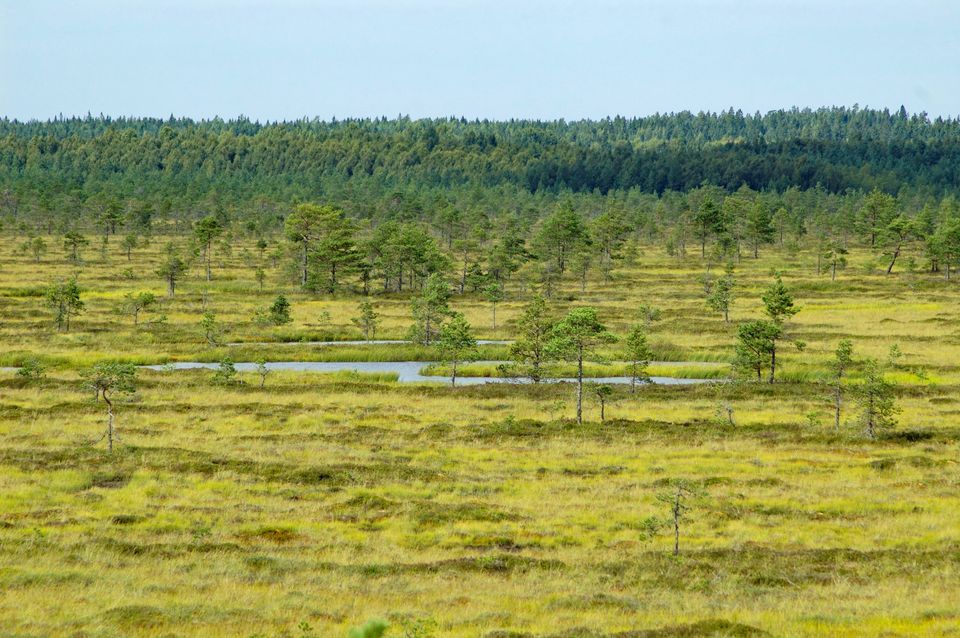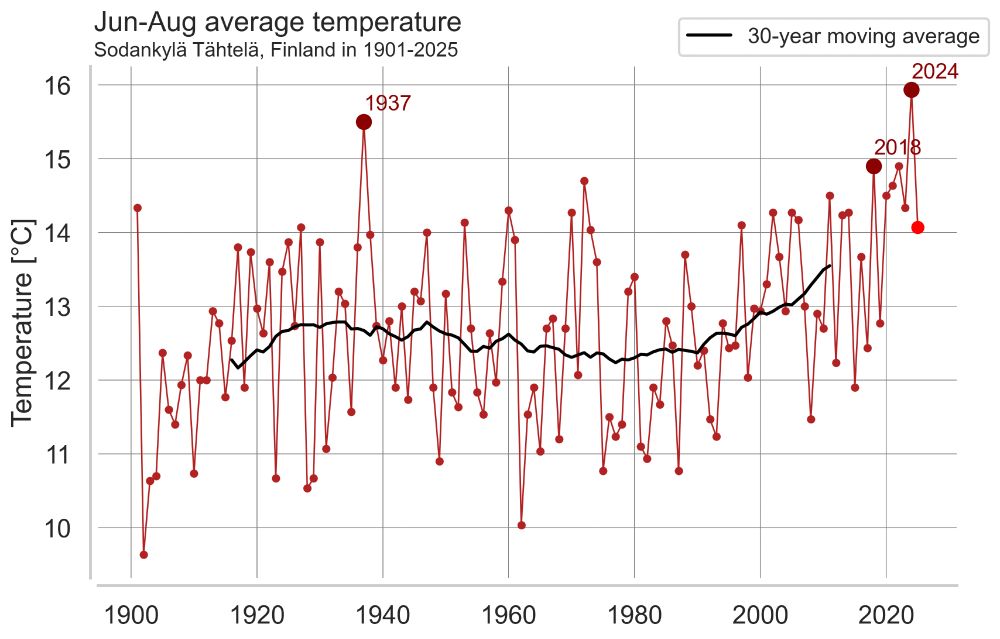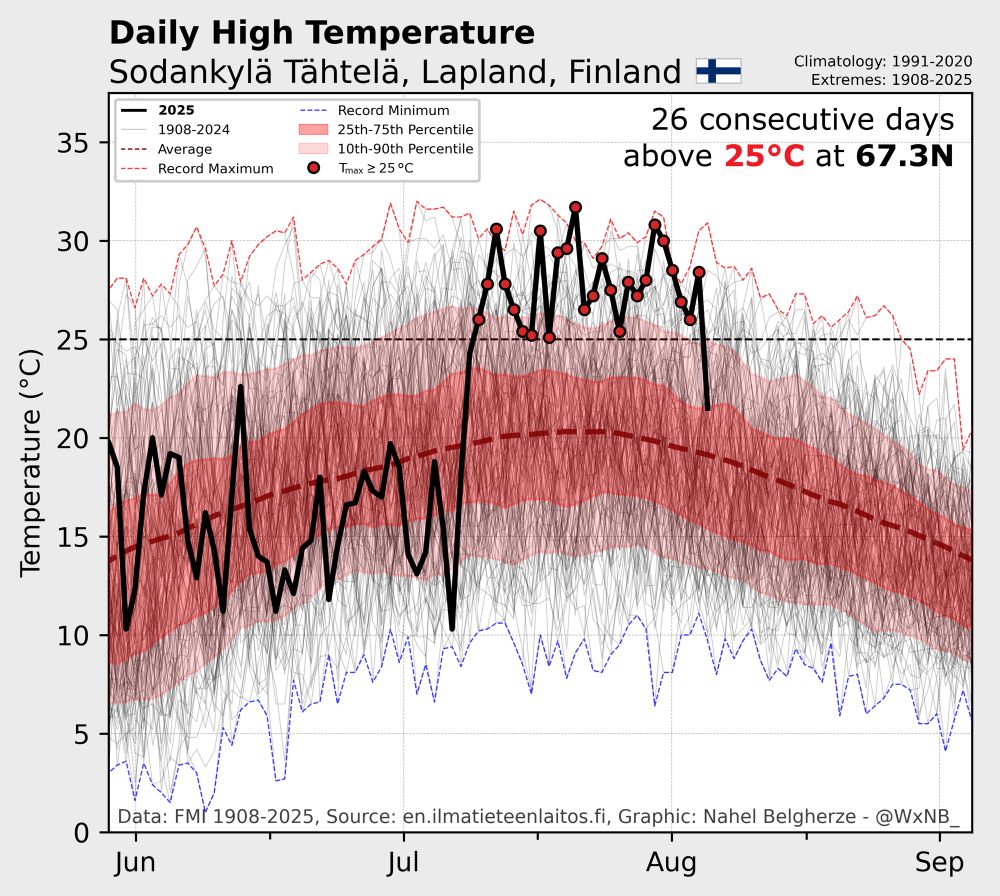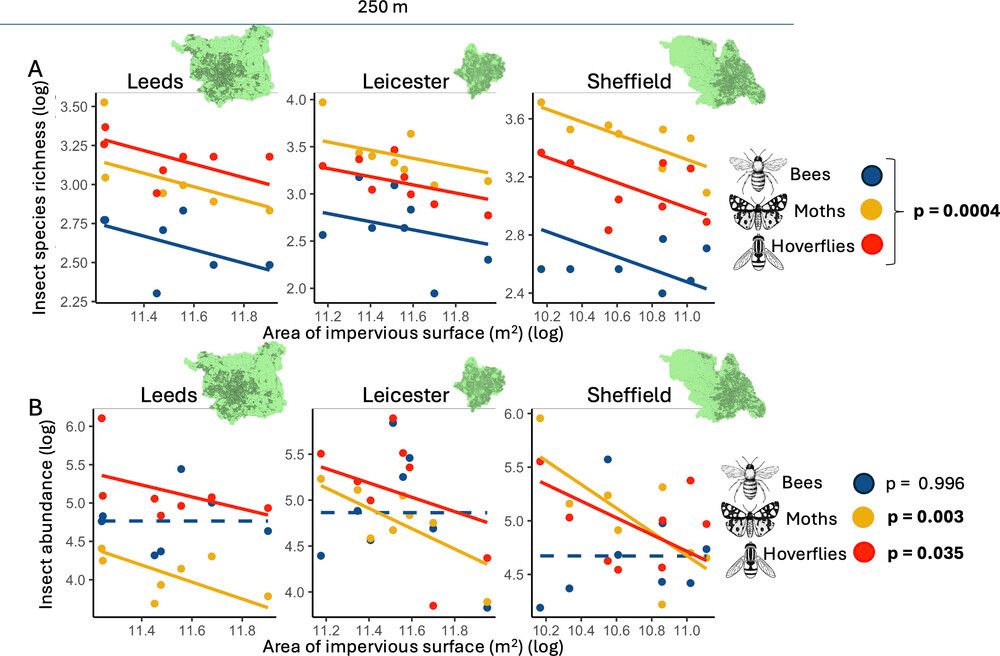Juha Pöyry
@poyryjuha.bsky.social
130 followers
78 following
80 posts
Biologist (PhD) - interests ecology, entomology, conservation biology, global change
Posts
Media
Videos
Starter Packs
Pinned
Juha Pöyry
@poyryjuha.bsky.social
· Oct 1

Number of moths has remained stable for 30 years, but the species have changed significantly | Suomen ympäristökeskus
The 30th anniversary report of the national Nocturna moth monitoring, coordinated by the Finnish Environment Institute (Syke) and launched in 1993, presents the history, background and changing specie...
www.sttinfo.fi
Reposted by Juha Pöyry
Reposted by Juha Pöyry
Reposted by Juha Pöyry
Reposted by Juha Pöyry
Reposted by Juha Pöyry
Juha Pöyry
@poyryjuha.bsky.social
· Sep 1

Helmi-ohjelma on parantanut luonnon tilaa – resurssipula haastaa tavoitteet
Suomen luonnon monimuotoisuuden turvaamiseksi tehtiin Helmi-elinympäristöohjelmassa jälleen merkittäviä toimia koko Suomessa vuonna 2024. Suomen ympäristökeskuksen kokoama ohjelman vuosikatsaus 2024 k...
www.syke.fi
Reposted by Juha Pöyry
Reposted by Juha Pöyry
Juha Pöyry
@poyryjuha.bsky.social
· Aug 12

Northern losses and southern gains – climate change reshapes moth communities across Finland | University of Helsinki
Climate change is transforming moth communities across Finland. According to researchers at the University of Helsinki, cold-adapted species are disappearing in the North while Southern Finland is see...
www.helsinki.fi
Juha Pöyry
@poyryjuha.bsky.social
· Aug 12
Emilie Ellis
@e-ellis1.bsky.social
· Aug 12

Recent community warming of moths in Finland is driven by extinction in the north and colonisation in the south - Nature Communications
As Finland’s climate warms, cold-adapted moths are disappearing in the north while warm-loving species move in from the south. This shift in insect communities highlights the threat climate change pos...
doi.org
Reposted by Juha Pöyry
Reposted by Juha Pöyry
Reposted by Juha Pöyry
Reposted by Juha Pöyry
Phil Stevenson
@philstevenson.bsky.social
· Jul 16

Negative ecological impacts of honeybees begin at densities below recommended levels for crop pollination
The ecological consequences of high-density honeybee management are significant, calling for a re-evaluation of pollination strategies in agricultural landscapes. Setting evidence-based hive density ....
doi.org























